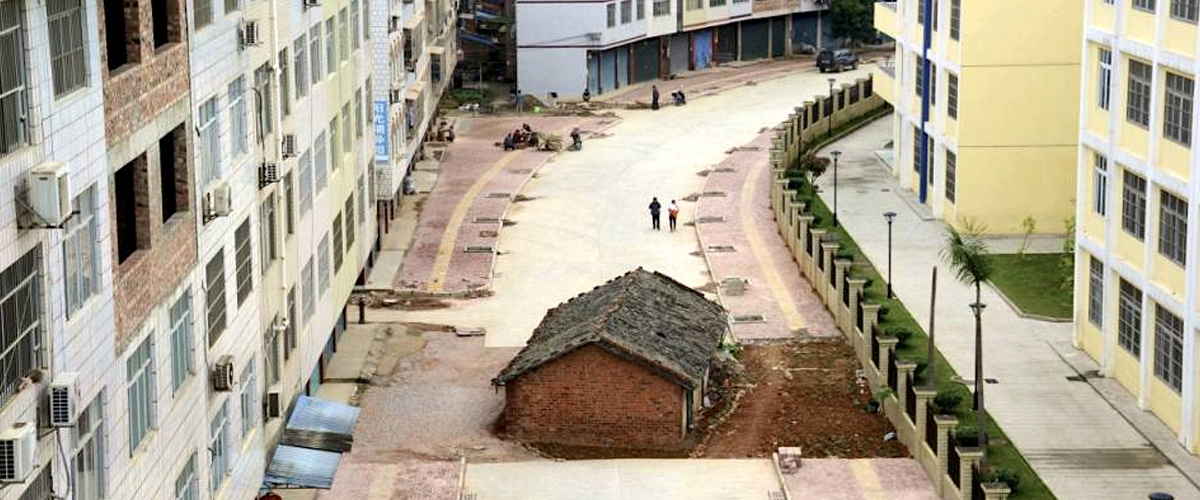Societal reality often features the launch of strict prohibitions and ordinances in a demonstration of political will and ambition, subsequently leading to the establishment of “empty” institutions decoupled from praxis and actors’ realities. Titling and privatization of land and housing run that risk, as they are more often than not pushed for political reasons. What is disregarded is that private, formal and secure institutional arrangements cater for the transfer of property as economic assets. Yet, that might not be the function of institutions that exist and persist. Common, informal and allegedly “insecure” property rights often do not cater for economic transaction, but for a function altogether different, namely social welfare.
(Sun and Ho in “Why formalizing informal homes could be a bad idea”, forthcoming)
According to China’s constitution, rural and suburban land are collectively owned. Registered in a village collective, every rural household is entitled to use at least two forms of rural land: cropland for agricultural production, and residential land for rural housing construction. Both are recognized as categories of proprietary rights in Chinese property law.
Regarding cropland, Chinese farmers are granted the right to a 30 year lease. Neo-liberally inspired economists generally believe the resulting tenure insecurity to be harmful to China’s economic growth. By contrast, the current tenure system of cropland in China has time and again been found to be credible and socially accepted by farmers.
As for residential land, several trends can currently be observed. With the rapid urbanization of China, on the one hand, vast amounts of rural residential land and housing are expropriated and farmers are facing relocation; while on the other hand, with the rising housing prices in urban China, an increasing number of urban dwellers are interested in buying rural housings informally, popularly known as “small property rights housing”, i.e. without full ownership. Do the social actors regard the institutions concerning rural residential land and housing as credible as they do in the case of cropland?
In order to shed light on this question, this sub-research aims to explore the function of institutions on rural residential land and housing in China. Four main questions will be clarified in this study: What are the institutional changes on rural residential land and housing in the history of the PRC? What is the function of current institutions on rural residential land and housing? What are the conflicts and constraints of these institutions? And how do different social actors (e.g., farmers, buyers, officials, etc.) perceive these institutions?
